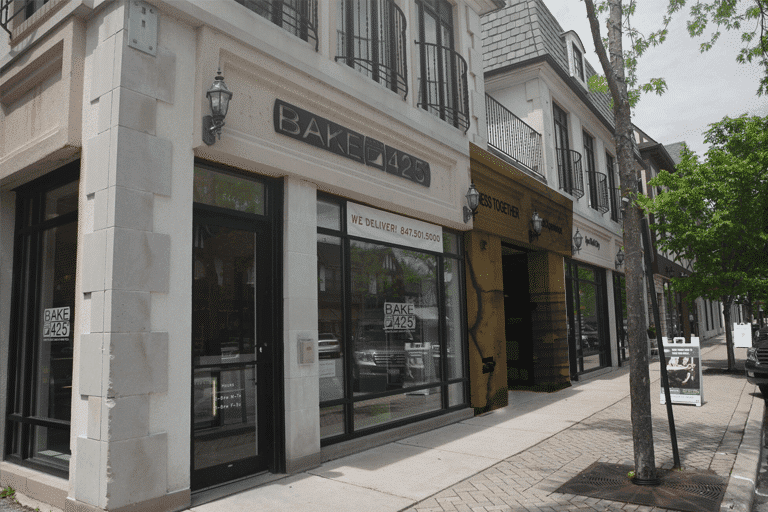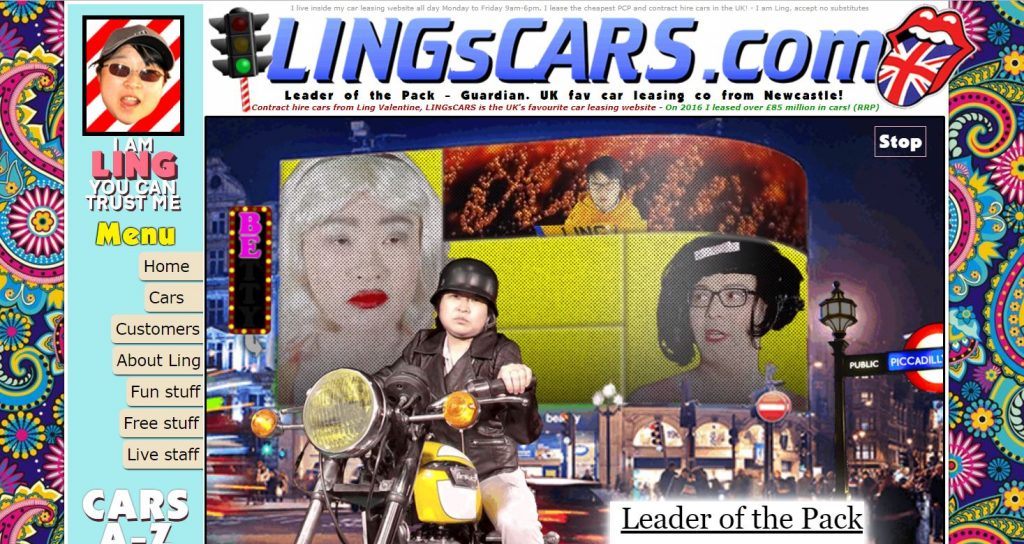Does Website Design Really Matter That Much?
For most business owners, when the time comes to bring their company online, website design is pretty low on their priority list. After all, if the site has all the necessary information and functions correctly, who cares what it looks like?
It’s true that your website doesn’t have to be sleek and sexy to make a profit. Ugly websites can make money, too.
That doesn’t mean that design is unimportant, though.
Your Website Design Reflects Your Brand
Your website is there to attract new customers to your business, isn’t it? That means that for many people, the first time they ever have any kind of contact with your company, it’s through your website. Their entire opinion of you and your brand is formed based on what they find there.
That visit to your website might be the one and only time someone checks out your business, or it might be the start of a beautiful relationship.
Your design is a major part of that first impression. What do you want your design to say about you and your brand?
When someone lands on your homepage, they decide whether to proceed deeper into your site or go back the way they came. It’s the online equivalent of your storefront, where your window displays determine who keeps walking by and who comes in for a closer look.

Design draws people in, or it drives them out.
Still, that doesn’t mean you need a million dollar storefront to sell two dollar tacos.
Design Makes or Breaks Trust
Especially if you sell things and accept payments on your website, your design must convey that you are a trustworthy company.
Sites that are cluttered with information, packed with logos and banner ads, and disorganized to the point of confusion give users the impression that a site is spammy and untrustworthy. Most people will leave, and you’d be hard pressed to get someone to enter credit card information.
Aside from spammy sites, though, rookie design mistakes can also hurt your brand.
The amount of effort you put into making your site functional and presentable is an immediate indicator of how much effort you put into your overall business.
If your site looks like it was just thrown together in a few minutes, your customers will assume you’re the type of business that cuts corners, sells cheap junk, and places a low value on customer service.
Meanwhile, a very simple site with some attention to detail inspires much more confidence than a bigger, complicated site that’s difficult to navigate.
Your site might not need to be spectacular as much as it needs to be good enough to get the point across.

How Good is Good Enough?
For some businesses, design matters more. If your business is luxury interior design, for example, your website had better be designed luxuriously.
Other companies need only the basics, and it might even be unwise to use a high budget design.
For example, imagine that you want to check the hours of the hot dog stand that sets up on the street corner near your office, and their website looks like they spent hundreds of thousands of dollars on a professional designer. You might think that you’ve landed on the wrong website, or you might assume that they sell some kind of expensive gourmet hot dogs and end up disappointed when it’s just a normal, cheap sausage.

It’s not that budget businesses shouldn’t have nice websites. Inexpensive hot dogs deserve good design, too.
Just make sure that there’s some consistency between your branding, your customer base, and your design.
All of this means that there’s no standard, one-size-fits-all answer. Your design needs to be as good as your design needs to be. Here are some things to think about to help you determine what you need for your unique situation:
What do your customers need from your website?
User experience matters.
Whether you’re building your own website or paying someone else to design and build it for you, remember that you have a website specifically so that strangers on the internet can use it. Think about what they need your website to do, and design around that need.
Also think about the way you want people to use your website.
Anything you want your website visitors to do, whether it’s sending you an email or buying a product, should be quick and easy for them to accomplish.
What kind of people come to your website?
Who are the people that use your site?
What do they like?
What do they care about?
The way your website looks and behaves adds another layer of communication to your messaging, and when your design elements and your users’ interest and priorities align, they feel like they’re in the right place.
What is your core brand message?
Your brand says something, and if you design your website correctly, your site and your brand should say the same thing.
In order for your branding to work, it needs to be consistent across every channel you use. Your social media, website, storefront, and business cards all send the same message, and that’s where a brand gets its power.
Brands aren’t made of slogans, either. A brand with integrity talks the talk and walks the walk, so back up your slogans and mission statements with consistent design and action.
What’s your budget?
Of course, budget is always a consideration.
Web design and web development are skills that take time and aptitude to learn, and the majority of business owners haven’t learned those skills.
If design is a priority, you’ll probably want to hire a designer to map out the look and feel of your site, plus a developer to build it the way you and the designer envision.
Startups and businesses on a shoestring budget might need to get more creative to pull off a great design on a tight budget. Platforms like WordPress are relatively easy to use and have templates (called themes in WordPress) that make design a snap.
For the tech illiterate, it might be time to practice your negotiation skills instead of attempting to create your own design.
Some freelance designers will create low-cost websites or offer discounts as part of an exchange of services, but be careful with budget designers and developers because they sometimes create poorly built websites or want to charge you a monthly fee for access.
There’s no standard price range when it comes to web design and development. The most important thing for you to consider when shopping for professional website design is trust; find someone reputable, and you can negotiate pricing as needed.

The Bottom Line
This is a lot of information, and what it all boils down to is this:
Good design matters, but what’s good for one business might not be good for another. It’s up to you to find your own version of “good.”

